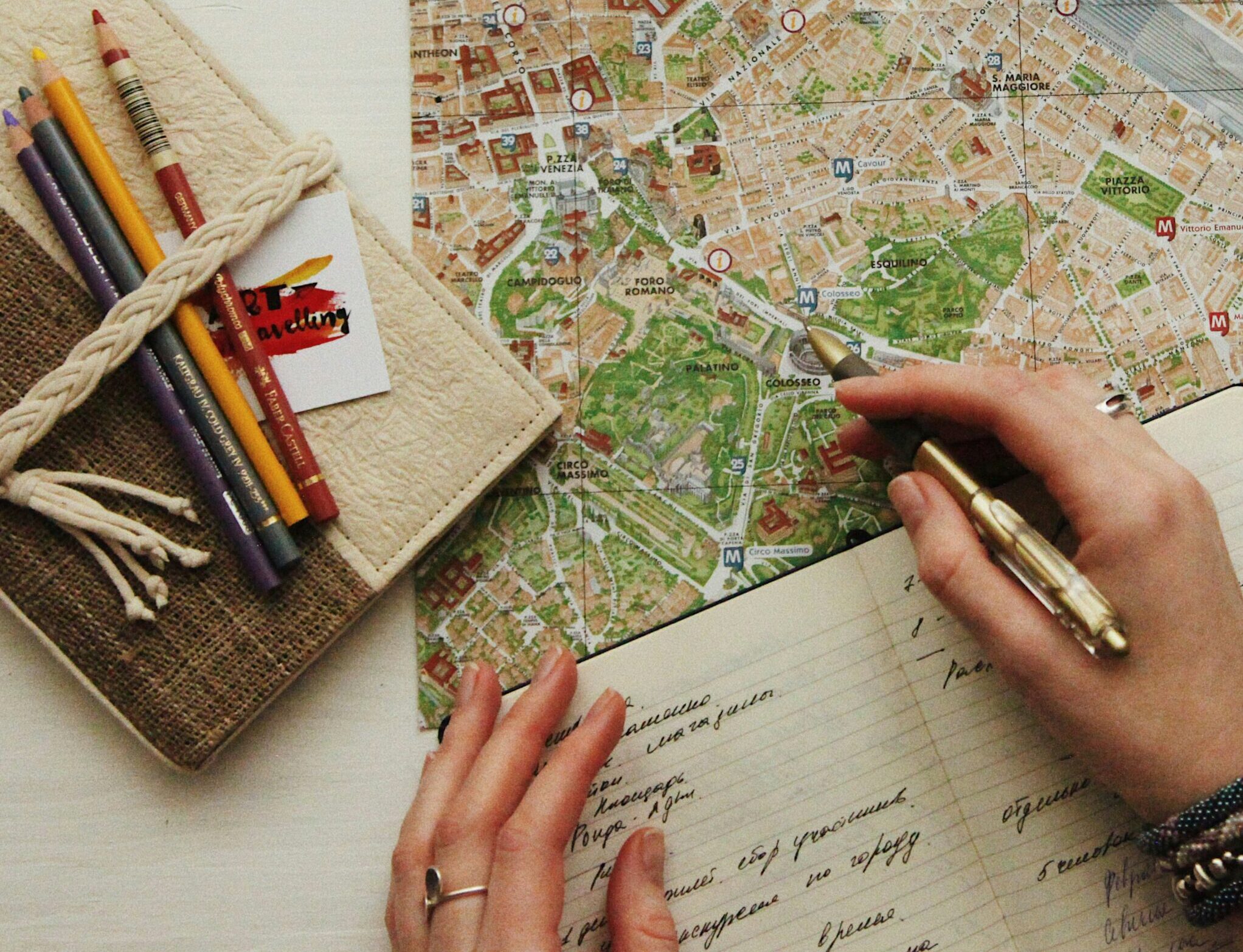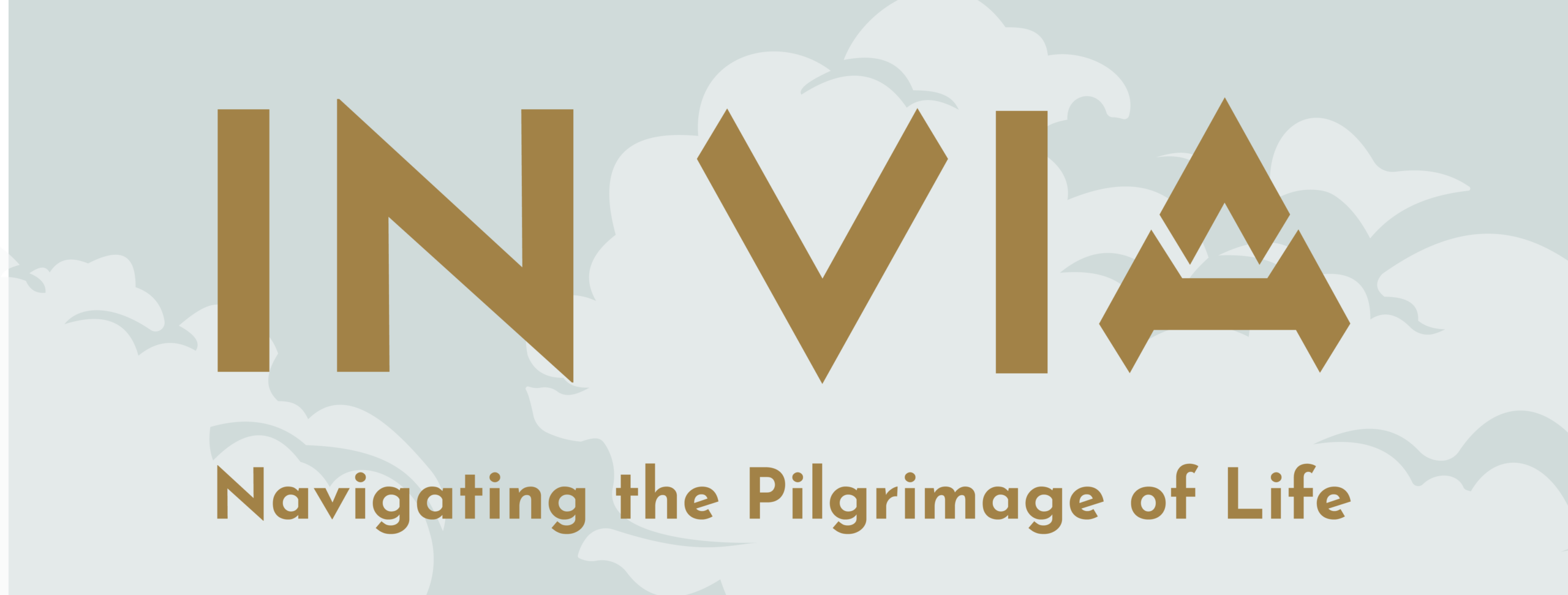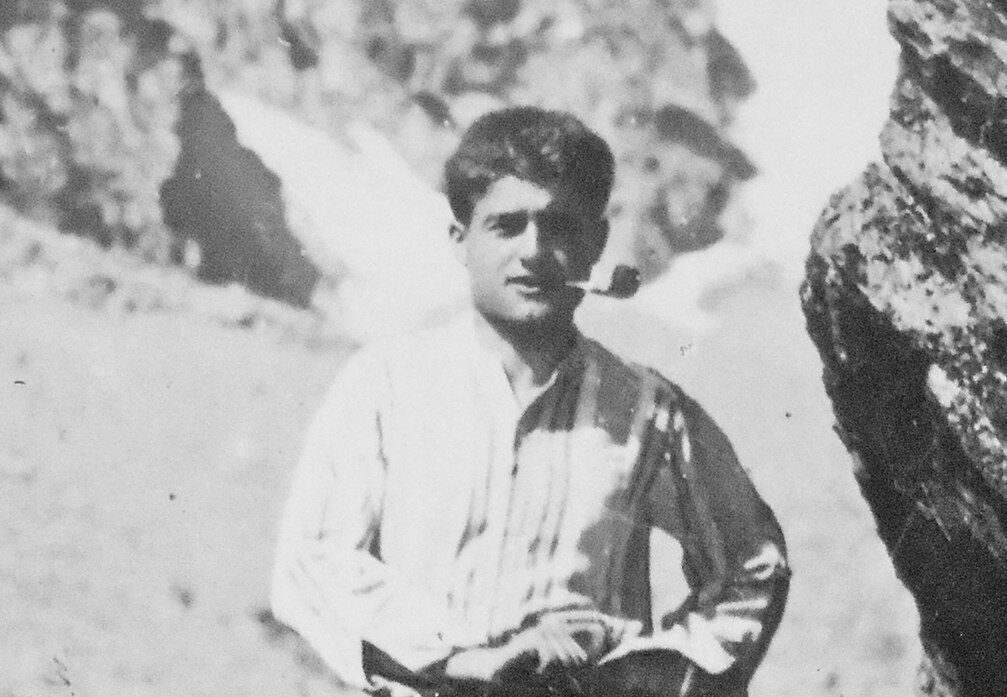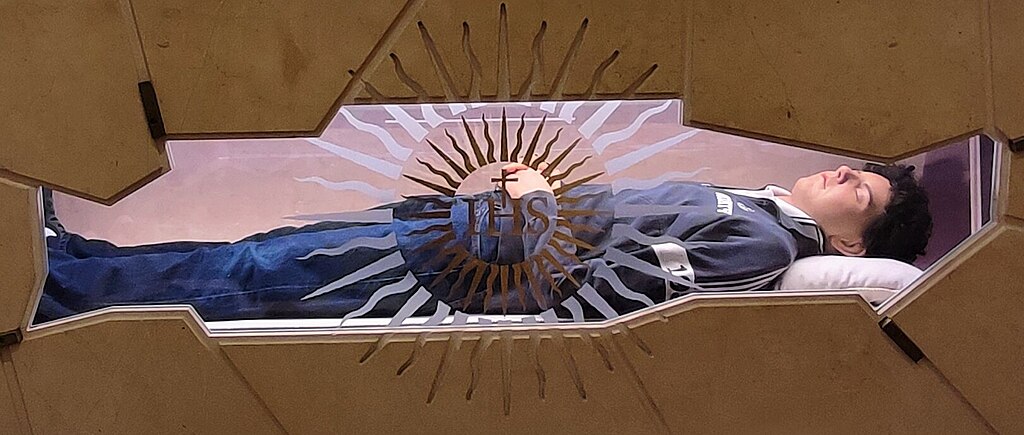How much is too much? How much is too little? These questions can plague pilgrims in the days leading up to their pilgrimage, but have no fear! Here is a complete packing list of everything you may need on the Camino de Santiago.
Backpack with hip straps
Walking the camino is a backpacking trip. Most of what you will be using for the entire trip will be carried on your person. There are options to have your stuff transported from hostel to hostel, but having a backpack that is large enough to hold everything you will need is essential. And the most important part is that the backpack is comfortable. Most employees at outdoor stores will be able to help you get a backpack that is the right size for your back and will remain comfortable even after walking 500 miles.
It’s also important to get a backpack with a hip strap. You will be carrying your backpack for 10 miles a day, and all that weight on your shoulders can lead to injury and discomfort. This hip strap will take most of the weight off your shoulders and make the trip much easier on your joints.
Hiking shoes (waterproof)
Shoes will make or break this pilgrimage. You will be walking this whole trip, and if you wear shoes that give you blisters your camino can be ruined. What kind of shoes you wear is based on personal preference. Some people like to wear hiking boots, others prefer hiking shoes, and some wear normal trail running shoes. No matter what kind of shoe you decide to use, they should be waterproof. If it rains, parts of the trail will get muddy, and wet, muddy shoes will ruin a day very quickly. You will be hiking the whole time in these shoes, so make sure they’re comfortable.
SOCKS
Another thing not to skimp out on is socks. Socks will just as easily ruin a trip as not having proper shoes. Make sure socks are thick and durable, and won’t wear out after multiple uses. Smartwool socks are the best ones for this trip; they provide extra padding, keep feet dry, and they’re durable enough that they won’t develop holes after a week. We recommend bringing 2-3 pairs.
Sandals/shower shoes
Shower shoes are a must. On the camino, you’ll stay in hostels called albergues, and having a cheap pair of flip flops will help prevent athlete’s foot and other funguses.
Another option is to bring a pair of hiking sandals (such as Tevas or Chacos) to wear around different towns in the evenings. Letting your feet air out is a good thing after wearing hiking shoes all day.
Packing cubes/plastic baggies
Which one you use depends on personal preference. Some use waterproof packing cubes and love them, while others find that plastic baggies do the job just fine. Either way, bringing some plastic baggies along is still a good idea. They add almost no weight, and can help separate the dirty clothes from the clean clothes and keep clothes dry in case it rains. They can also be used to pack out any trash that (used toilet paper, wrappers, etc.).
Water bottle or water bladder
A reusable water bottle or a refillable water bladder is essential on this pilgrimage. Whichever one you use is up to personal preference. Most large backpacks come with a water bladder. This provides ease of drinking and holds more water than a normal water bottle would. The downside is that the water will get warm throughout the day and it can be more difficult to refill and clean.
A water bottle on the other hand, depending on what kind you get, will keep water cold, is easier to clean, and it is easier to refill at different points on the trail. They typically do not hold as much as a bladder, but it is all up to your personal preference on which one you prefer.
Proper clothing
Less is more when it comes to clothing on the camino. You’ll need clothing that is quick to dry and will wick away sweat; dry fit options are your best bet. Here is what a normal clothing list looks like:
- 2 dry fit short sleeve hiking shirts: dry fit or merino wool
- 1 long sleeve shirt
- 1-2 pairs of pants: some people get actual hiking pants, some use workout leggings, and others wear shorts. Wear what you can hike comfortably in all day.
- Jacket/fleece/sweater: to keep warm on cool mornings and nights
- Rain jacket
- 3 pairs of underwear: get material that will dry fast
- Sports bras (for women)
- Socks: durable, Smartwool is a good option
- Sock liners: go inside socks to prevent chafing and blisters
- Hat: can be a ball cap or just something to protect your face from the sun
The most important part of clothing is comfort. Don’t bring something that is going to chafe or be uncomfortable after walking in for days. Wear what you’re planning on bringing beforehand to make sure that it is comfortable on long walks.
Headlamp or flashlight
For early mornings and for making your way through the albergues in the middle of the night. This will also help if you bring a book to read after lights out in the albergues.
Large quick dry towel
You will be able to shower in the albuerges and you definitely want a towel that is large enough to use and will dry fast after being used. Some pilgrims will also use this towel as a privacy curtain on the bunks in albuerges for privacy, and can hang it on the outside of their bag the next day if for some reason it is not dry enough to go back in your pack.
Neck bag or money belt
Just because you’re on pilgrimage doesn’t mean you’re immune to pickpockets. A neck bag or money belt will help by keeping your valuables close to you at all times so people don’t steal them
Trekking poles
While not required for the camino, many hikers rave at how much these poles help ease pressure on knee joints and leg muscles. Be sure to get ones that have rubber tips so you aren’t listening to metal poles hit the ground all day. Some airlines allow you to carry these on the plane and some do not, so be sure to do the research before trying to take them on a plane.
Power adaptor
Outlets in Europe are different than those in the US. To charge your phone or other devices at the albuerges you will need one of these.
Sleeping bag/sleeping bag liner
Most albergues will provide a pillow and some will provide a blanket, but having a compact sleeping bag will make sleeping much more comfortable and also help keep from getting bedbugs.
Pillowcase
Because you never know who was sleeping on that pillow before you in the albergue. Some of the albergues provide pillowcases, and others don’t. Better to have one just to be safe.
Health kit
This kit should contain all of the essentials that you may need on short notice.
- Compeed: a miracle for blisters! Can be purchased beforehand or in Spain.
- Bandaids
- Athletic tape
- Medication: ibuprofen, allergy medicine, and anything else you may need
- Sunscreen
- Chapstick
- Ear plugs: for when there are snorers in the albergue
- Sewing kit: to repair clothes and help with blisters
- Eye mask
- Shower items: small bottles and just buy more from a store when you need it
- Facewash
- Small bottle of lotion
- Other toiletries
- Laundry detergent
- Clothes pins (for hanging your clothes to dry)
Rain poncho
Depending on what time of year you are walking, it could rain a lot. A rain poncho will keep you and your pack dry, and save you having to dry off later.
Scrubba wash bag or something else to help with laundry
A scrubba is a laundry bag that you fill with your dirty clothes, add water and laundry detergent, and then scrub your laundry around for a few minutes and they come out clean. Most of the albergues will have a laundry service, but this bag will help if you need clean socks or underwear in a pinch.
Bed bug spray
Bed bugs are worse in the summer months on the camino because of the many pilgrims that are staying in the albergues. Spraying your belongings beforehand can protect you from having to deal with these pesky bugs.
Toilet paper
This is something that isn’t essential, but can really come in handy in an emergency. Whether you have to stop on the trail to use the bathroom or need something to blow your nose, toilet paper will come in handy!
Headphones or earbuds
For jamming out on the trail or in your hotels or albergues.
Rosary/journal/prayer resources
The camino is a pilgrimage; bring whatever will aid you in your prayer. A journal is also great so you can write memorable moments or any thoughts you may have on the pilgrimage.
Ready to walk the Camino yourself? Discover more here.




